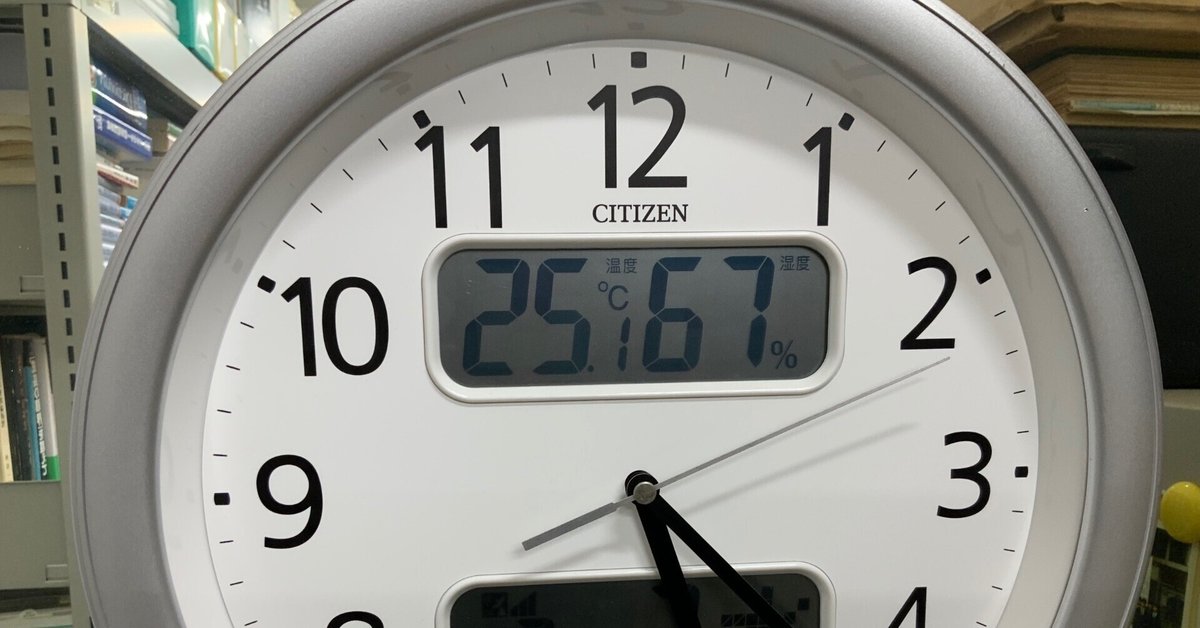
熱中症警戒アラート:2024年7月3日(水)
日本の環境省と気象庁は,2021年より,日本全国を対象に,暑さ指数(WBGT, Wet Bulb Globe Temperature(湿球黒球温度))の予測に基づいた「熱中症警戒アラート」の運用を開始している。本日は,東京都,山梨県,愛知県,三重県,和歌山県,島根県,鳥取県,徳島県,福岡県,大分県,長崎県,佐賀県,熊本県,宮崎県,鹿児島県,宮古島地方を除く沖縄県の19の地域に対して,熱中症警戒アラートが発表された。
暑さ指数(WBGT)は以下の算出式(単位は摂氏度(℃))で算出される。
屋外:WBGT=0.7×湿球温度+0.2×黒球温度+0.1×乾球温度
屋内:WBGT=0.7×湿球温度+0.3×黒球温度
人間が暑いと感じる熱バランスに影響を与えるのは,気温,湿度,輻射熱(地面,建物,人体等から出る熱)および風(気流)であるという。暑さ指数(WBGT)は,このうち,上記の算出式により,気温(乾球温度),湿度(湿球温度),輻射熱(黒球温度)を指標化したものである。湿度が高いと汗が蒸発しにくくなり体内から熱を放出する能力が低下するため,熱中症になりやすい。昨日から本日に掛けて,京都市にある私の研究室でも湿度が80%を超えており,とりわけ昨日は雨天の中で,室内の湿度が90%を超えて,湿度計の表示が「Hi 」に変わり,100%を超える勢いだった。
この暑さ指数(WBGT)が,28以上31未満を「厳重警戒」,31以上を「危険」としている。本日午後4時時点のWBGTの実測値では,鹿児島31.0と沖縄31.4で「危険」,東京29.4,名古屋29.8,大阪28.9,高知30.4,福岡29.5で「厳重警戒」となっている。
今から50年ほど前,私たちが小学生の頃は「日射病に気をつけよう」と呼び掛けていたが,日射に関係なく,屋内にいても熱中症になってしまう。暑さ指数(WBGT)としての可視化をもっと有効に活用したいところである。
Heat Stroke Alert:July 3rd(Wednesday)
Since 2021, the Ministry of the Environment of Japan and the Japan Meteorological Agency have been issuing "Heat Stroke Alerts" nationwide based on predictions of the Wet Bulb Globe Temperature (WBGT). Today, a Heat Stroke Alert has been issued for 19 regions: Tokyo, Yamanashi, Aichi, Mie, Wakayama, Shimane, Tottori, Tokushima, Fukuoka, Oita, Nagasaki, Saga, Kumamoto, Miyazaki, Kagoshima, and all areas of Okinawa except the Miyakojima region.
The WBGT is calculated using the following formula (unit: degrees Celsius (°C)):
Outdoor: WBGT = 0.7 × wet bulb temperature + 0.2 × globe temperature + 0.1 × dry bulb temperature
Indoor: WBGT = 0.7 × wet bulb temperature + 0.3 × globe temperature
Factors affecting the heat balance that make people feel hot include temperature, humidity, radiant heat (heat emitted from the ground, buildings, bodies, etc.), and wind (airflow). The WBGT is an index of temperature (dry bulb temperature), humidity (wet bulb temperature), and radiant heat (globe temperature) based on the above formula. High humidity makes it difficult for sweat to evaporate, reducing the body's ability to release heat, making heat stroke more likely. From yesterday to today, the humidity in my laboratory in Kyoto exceeded 80%. Especially yesterday, with the rain, the indoor humidity exceeded 90%, causing the hygrometer to display "Hi," indicating over 100%.
The WBGT classifies 28 to less than 31 as "Severe Warning" and 31 and above as "Dangerous." As of 4 PM today, the measured WBGT values were 31.0 in Kagoshima and 31.4 in Okinawa, indicating "Dangerous" levels. Tokyo at 29.4, Nagoya at 29.8, Osaka at 28.9, Kochi at 30.4, and Fukuoka at 29.5 were at "Severe Warning" levels.
About 50 years ago, when we were in elementary school, we were advised to "beware of sunstroke," but now heat stroke can occur even indoors regardless of sunlight. We need to make more effective use of the WBGT visualization.
